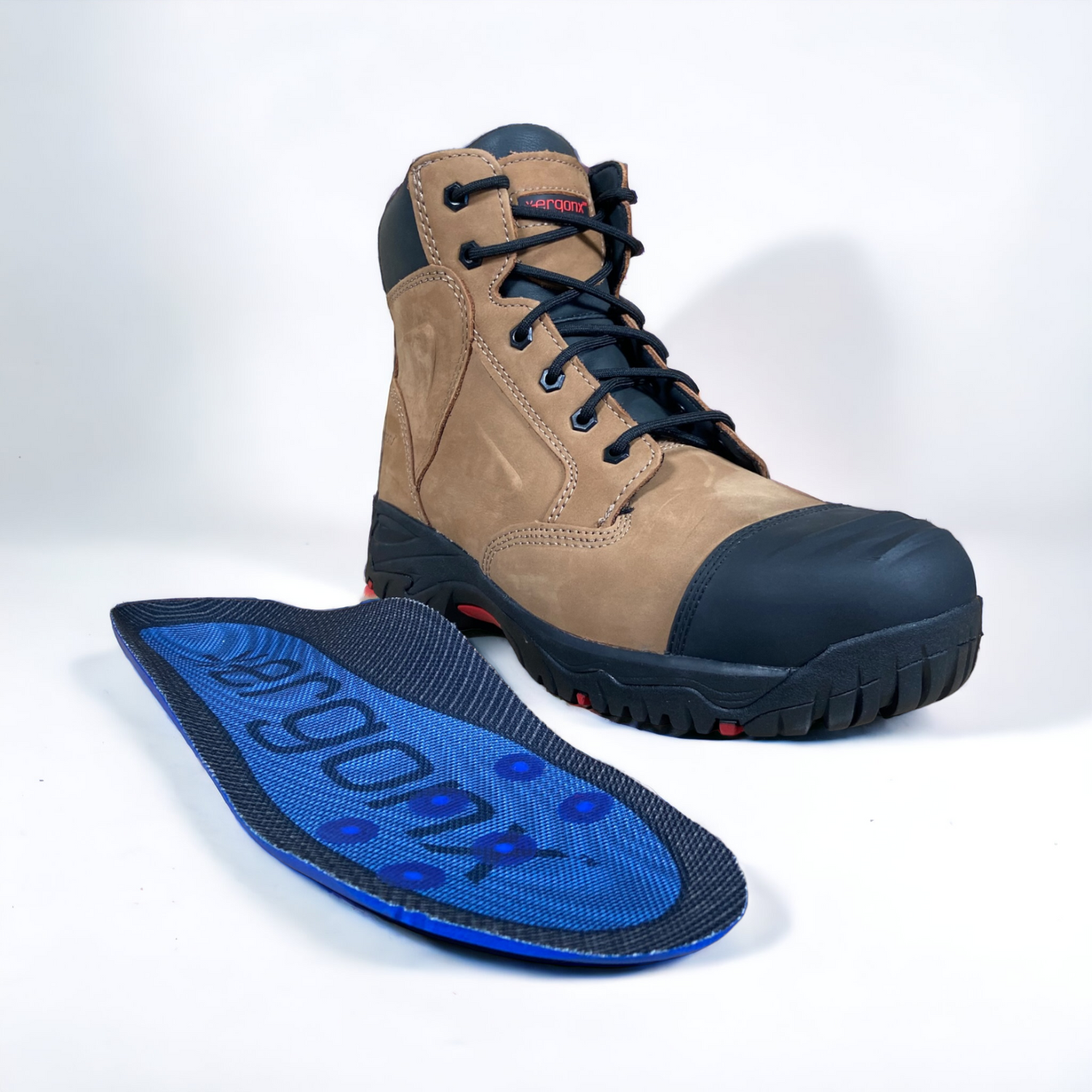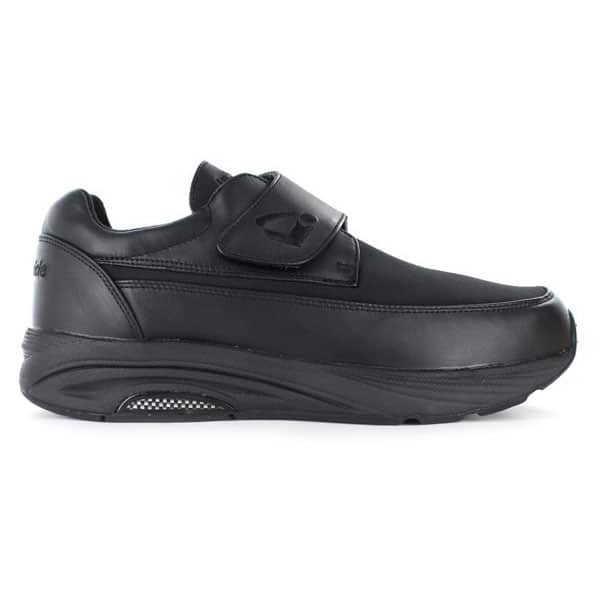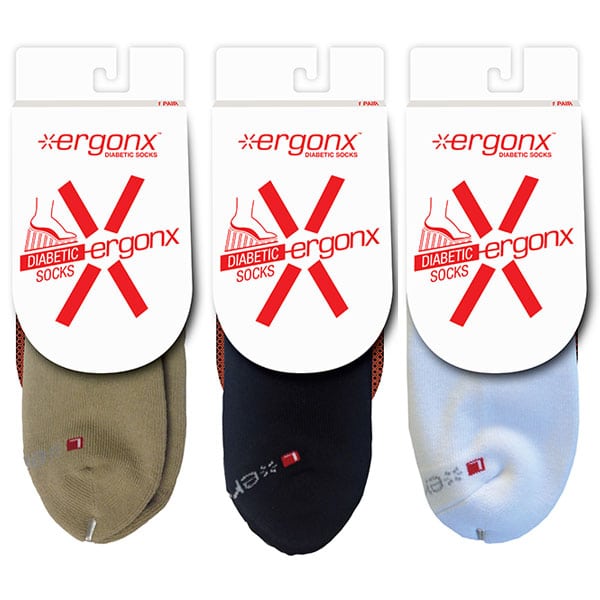Soleus, Calf, Plantar Fascia Stretch
What muscles does the Soleus, Calf, Plantar fascia stretch target?
Achilles Tendon
Soleus
Long Flexors of the toes (Flexor Hallucis Longus and Flexor Digitorum Longus)
Plantar Fascia
This stretch targets the deep calf muscle and the structures that cross from the calf to the plantar surface of the foot.
How to perform stretch:
Stand close to a wall with your legs one in front of the other as shown
Rest the toes of the front foot against a wall with your heel on the ground and you knee bent
Gently push your knee towards the wall until a stretching feeling can be felt low down in the calf muscle and towards the inside of the shin
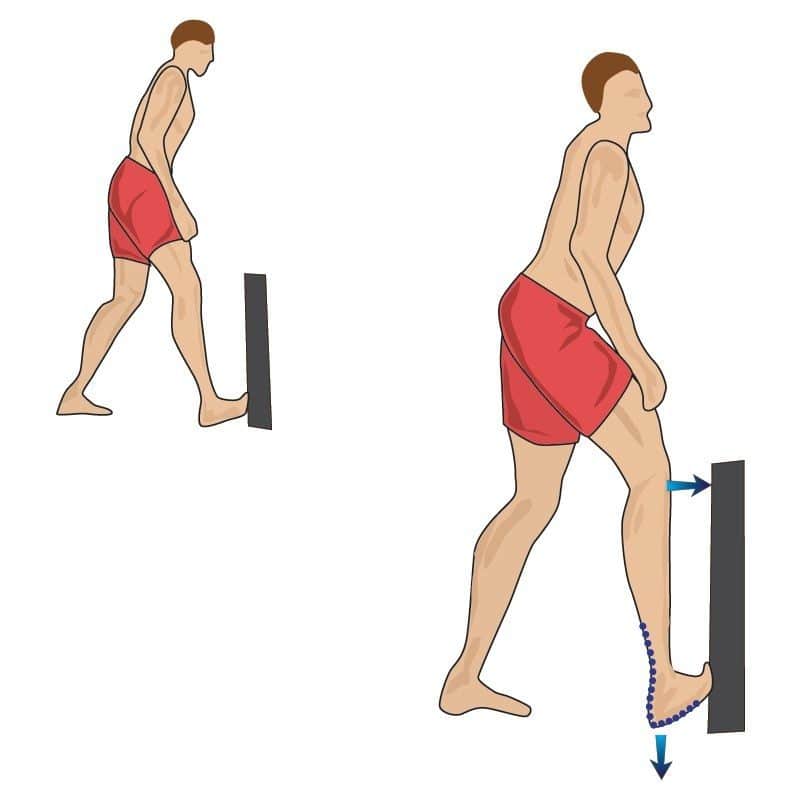
Anatomy:
The plantar arch and the toe flexors are stretched along with the Achilles tendon.
Muscles responsible for inversion (inward twisting) of the foot and plantar flexion at the ankle include Tibialis Posterior, Flexor Hallucis Longus and Flexor Digitorum Longus. The latter two have long tendons that travel beneath the sole of the foot extending up to the toes and cause flexion of the toes.
The tendon of Tibialis Posterior travels beneath the sole of the foot, also providing support to the longitudinal arch of the foot.
Soleus arises from the upper ends of the tibia and fibula, just below the knee, traveling downwards at the back of the leg it joins the Gastrocnemius forming the strong Achilles tendon, which then inserts into the heel bone (calcaneus). Its action leads to planter-flexion of the ankle.
The muscles included in the toe flexor group include Flexor Hallucis Brevis, Flexor Digitorum Brevis, Flexor Digit Minimi Brevis, and Quadratus Plantae, Lumbricals, and Plantar Interosseous muscle. All these muscles reinforce the foot architecture providing it postural stability.
Advantages:
This is a great stretch to relieve the stiffness or pain in the Achilles tendon or in the lower legs. It is especially recommended after climbing, jumping, hurdling, leaping and other such activities that require too much push-off.
It is also helpful in the treatment of Plantar Fasciitis (pain in the heel or sole) and Shin Splints (pain along or just behind the tibia).
Regular Range of Movement:
The ankle stretches to cover its maximum range of movement; one feels compression at its front.
The stretching of the calf muscle limits the flexion of the ankle. Usually the total range of ankle dorsiflexion is about 20 degrees from the neutral position, which is when the foot lies perpendicular to tibia.
The stretch should tighten the arch, the plantar fascia and the ligaments of the foot.
The range of toe flexion is approximately 54-73 degrees.

